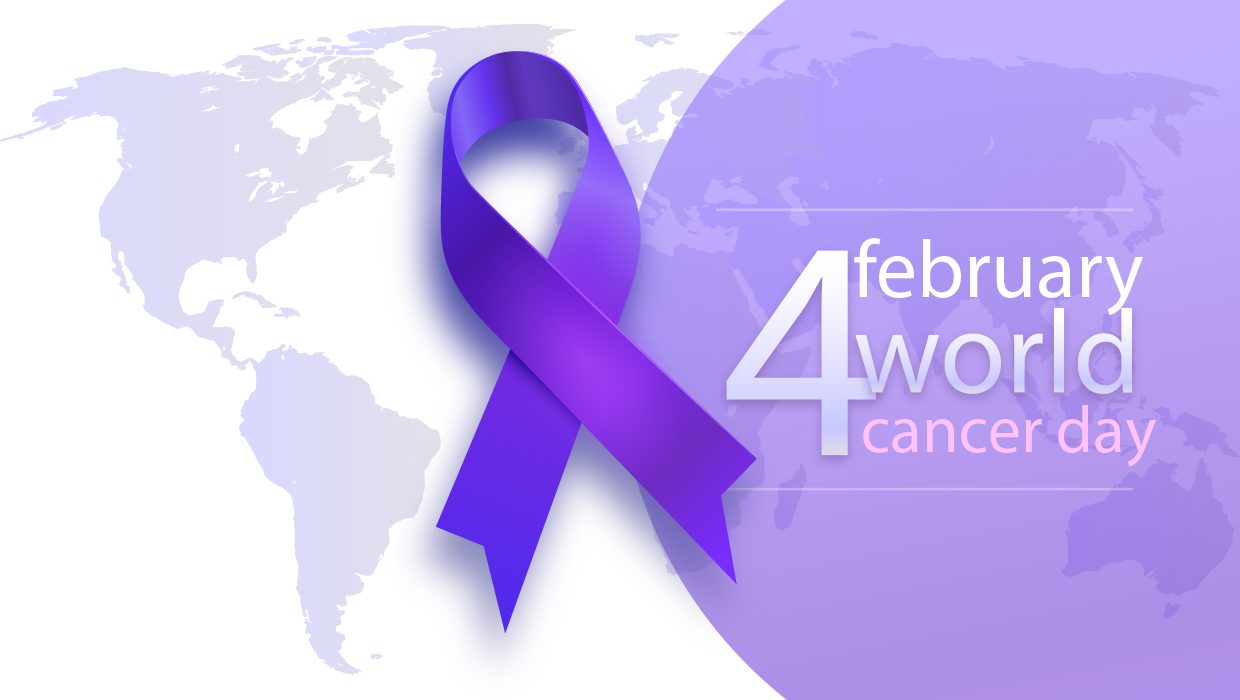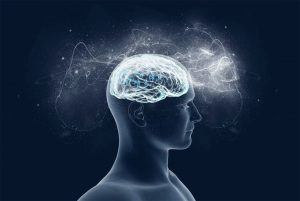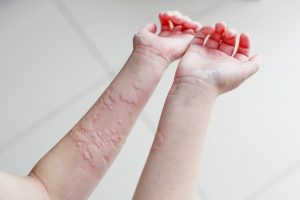World Cancer Day is celebrated annually on February 4, com o intention ofraise awareness of cancer and encourage its prevention.
Every year, the World Health Organization (WHO) joins the International Union against Cancer (UICC), manifesting some pre-conceived ideas about cancer and informing about the disease. UICC is the entity responsible for defining the initiatives on this date.
But what is this, çanchor? This word is used to name a large group of diseases that have the development of abnormal cells in common.. Being able to have severalcauses, these cells begin to multiply and grow without control, something that normally does not happen in an organism.
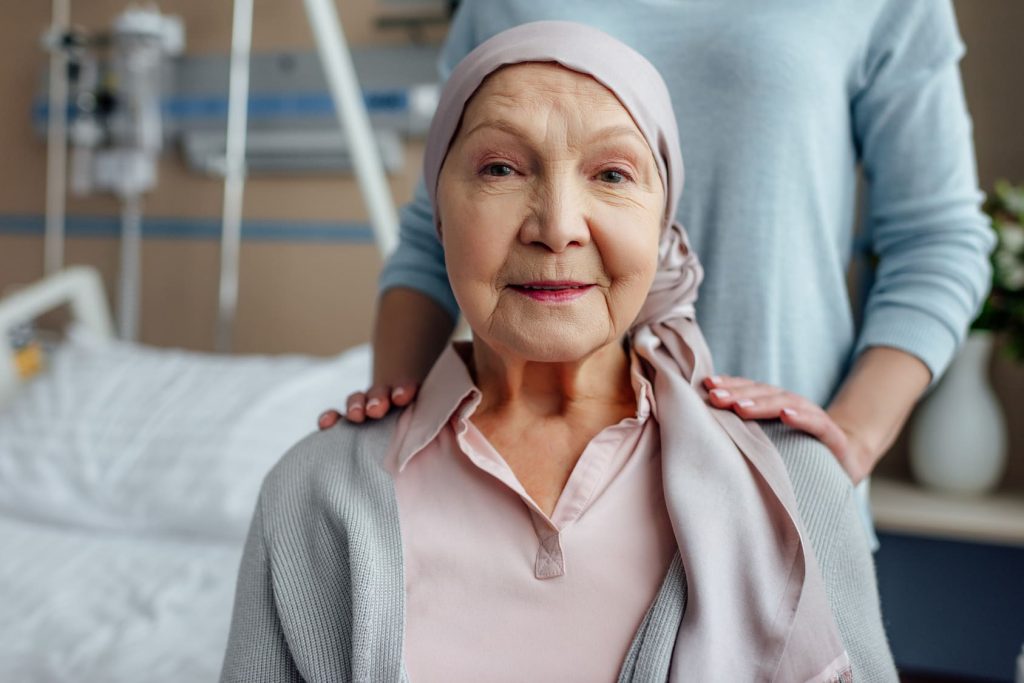
Cancer remains a major cause of mortality. In the last 20 years, the number of diagnosed tumors has grown significantly in Portugal, due not only to the increase in population, but also to the techniques of early detection and to the increase in average life expectancy.
In Portugal, the most frequent cancers are lung, colorectal, breast and prostate cancer. These cancers are responsible for a high number of deaths each year.
If we look at the rest of the world, there were about 18 million cases of cancer in 2018, being the most frequent are breast, lung and colorectal.
The most common cancers in men nthe world, were the lungs, gives prostate and colorectal,contributing 44.4% of the total number of new cases diagnosed in 2018.Contributesíalso had 5%, stomach and liver cancers.
Regarding women, the most common cancers in 2018 were breast, colorectal and of lung, contributing 43.9% of new diagnosed cases. Cervical cancer with 6.9% also contributed.
Cancer prevention is a daily challenge for public health. The recommendations to prevent cancer are generally to have a healthy life, through gives diet, reducing alcohol consumption, doing physical activity and obtaining a healthy body weight.
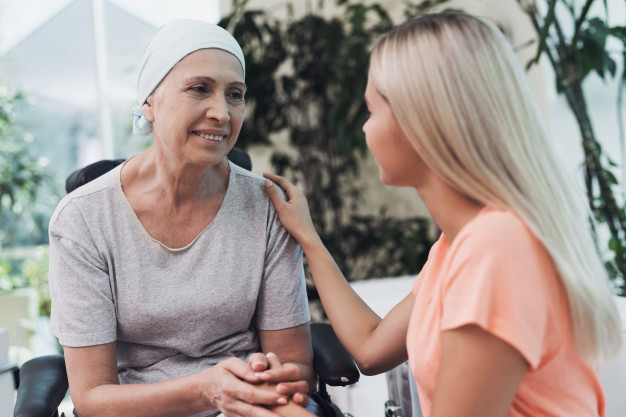
With the evolution of medicine and science in the days of today, very recently researchers at the University of Adelaide have developed a treatment for cancer of theThebreast with immediate implications. The study was carried out in collaboration with the Garvan Institute for Medical Research which examined the role of andrThegIt isnios - popularly known as hormonas masculine sexualThes, but also found at lower levels in women - as a potential treatment for cancerThe breast, estrogen receptor positive.
At the normal development mammary, estrogen stimulates and the andrThegIt isnio inhibits growth npuberty and throughout adult life. THE not normal estrogen activity is responsible for most d cancersThe breast, but the role of andr activityThegIt isnithose in this disease have been controversial.
THEs andrThegIt isnithe were historically used to treat cancerThe breast but knowledge dand hormone receptors in breast tissue was rudimentary at the time and The efficiencyFrom treatments misunderstood. Andro therapygIt isnica was discontinued due to side effects virilizesntes and with the arrival of endocrine anti-estrogenic therapies.
Researchers at the University of Adelaide and the Garvan Institute have demonstrated that the activation of the androgen receptor canr one natural androgen or per a new androgenic drug, had a potent anti-tumor activity in all breast cancers with positive estrogen receptors, even the most resistant to current treatment methods. In contrast, inhibitors of the androgen receptor had no effect.
Dr. Stephen Birrell, cancer specialistThe breast, pioneer in andrThegIt isniwomen's health is that was part of the team at the University of Adelaide, referred that this discovery seminal has a use for beyond cancer treatment breast, including prevention breast cancer and the treatment of other disorders also driven by estrogen.
This study helpsfrog patients to hope that there is another answer to life after cancer diagnosis.
References
- https://www.wcrf.org/dietandcancer/cancer-trends/worldwide-cancer-data
- https://gco.iarc.fr/today/data/factsheets/populations/620-portugal-fact-sheets.pdf
- https://medicalxpress.com/news/2021-01-discovery-breast-cancer-treatment.html
![[:pt]clínica cura pura](https://curapura.pt/wp-content/uploads/2017/10/logo-footer2.png)
